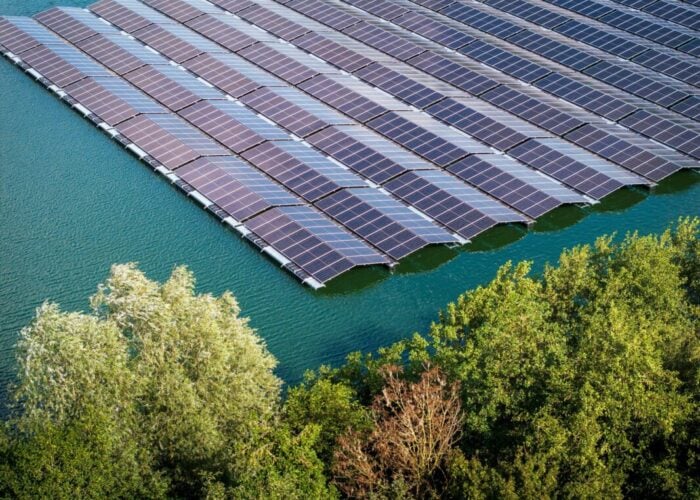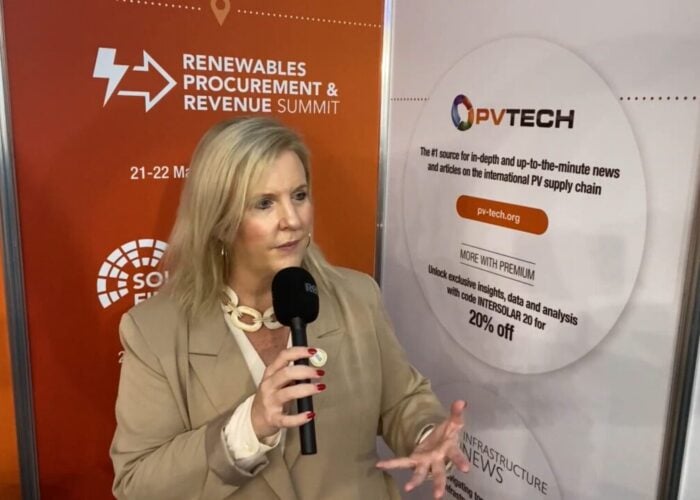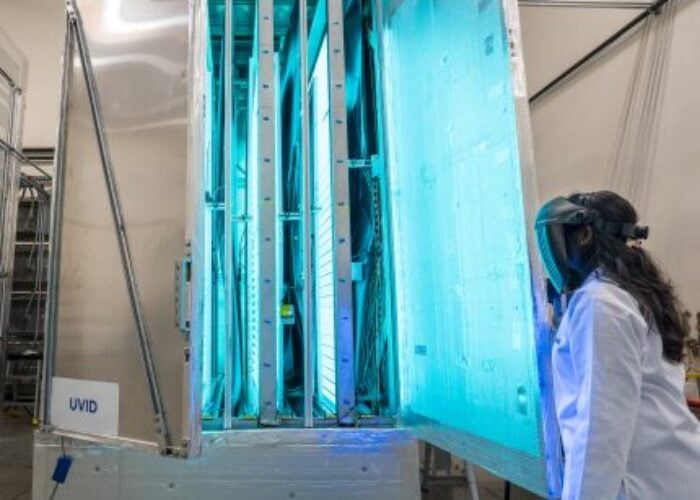The decision to penalise US polysilicon producers with heavy import duties by the Chinese Ministry of Commerce (MOFCOM) as part of the ongoing trade war has led to both Wacker and OCI grabbing further polysilicon market share in the country.
According to data provided by Bernreuter Research, which has been extracted from its most recent ‘2014 Who's Who of Solar Silicon Production’ report, Germany-based Wacker Chemie increased its market share in China from 25% in 2012 to almost 33% in 2013.
Try Premium for just $1
- Full premium access for the first month at only $1
- Converts to an annual rate after 30 days unless cancelled
- Cancel anytime during the trial period
Premium Benefits
- Expert industry analysis and interviews
- Digital access to PV Tech Power journal
- Exclusive event discounts
Or get the full Premium subscription right away
Or continue reading this article for free
Korean-based OCI was said to have increased its market share in China from 24% in 2012 to almost 28% in 2013.
“Speculations that the Chinese government could change the rules for processing trade of polysilicon are playing into the hands of Wacker and OCI” said, Johannes Bernreuter, head of Bernreuter Research. “We expect that both companies will continue to raise their share in polysilicon imports into China.”
According to Bernreuter, total polysilicon volume imported into China amounted to 82,755MT in 2012 and 80,653MT in 2013.
In stark contrast polysilicon imported into China from leading US-based producers, Hemlock Semiconductor, REC Silicon and SunEdison, (formerly MEMC), declined from a 39% share in 2012 to less than 28% in 2013.
Although MOFCON released a statement recently claiming its investigation into polysilicon anti-dumping, instigated by key Chinese producers such as GCL-Poly confirmed dumping by EU producers the ‘special conditions’ precluded duties being imposed.
“The latest decision has obviously been influenced by the compromise that the EU and China reached last July in the trade dispute about imports of Chinese wafers, solar cells and modules into the EU” added Bernreuter. “OCI, the only viable South Korean polysilicon manufacturer beside the new entrants Hanwha Chemical and SMP, has successfully lobbied for a low duty rate in the course of negotiations between China and South Korea on a bilateral free trade agreement.”
The reduction in polysilicon shipments from the US during a strong recovery period for PV manufacturers as they meet demand from a booming Chinese downstream market that could have exceeded 11.5GW installed in 2013, according to the latest updated figures from NPD Solarbuzz, is partly causing a spike in spot market polysilicon prices.
According to Taiwan-based EnergyTrend, polysilicon spot market prices are touching US$20/kg after only increasing around US$1/kg in 2013 to US$17/kg by the end of the year.
However, Bernreuter recently projected that the polysilicon spot price could increase from US$18/kg range at the beginning of the years but stop rising within the range of US$21/kk to us$24/kg in the first-half of 2014.
The reason the reason why price rises would be curtailed was due to as much as 66,000MT of new low-cost polysilicon capacity being expected to come on-stream in 2014.
Global polysilicon output in 2013 actually decreased to approximately 228,000MT, a 4% decline from 238,000MT in 2012, due to plant closures and bankruptcies as polysilicon prices remains well below production costs for a large number of small producers, mainly in China.
MOFCOM recently imposed final import duty levels on US producers of up to 57%, while South Korean producer OCI had a duty of only 2.4%.
The recent spot price hikes were due to stockpiling before the Chinese New Year and annual shutdowns. Prices could ease after the break as ordering could be subdued.
However, continued strong downstream demand for modules in Japan the US and UK are expected to continue as FiT changes are due in April in Japan and the UK and a rush to build and grid connect PV power plants in the first quarter of 2014.






